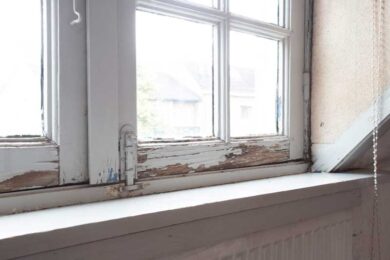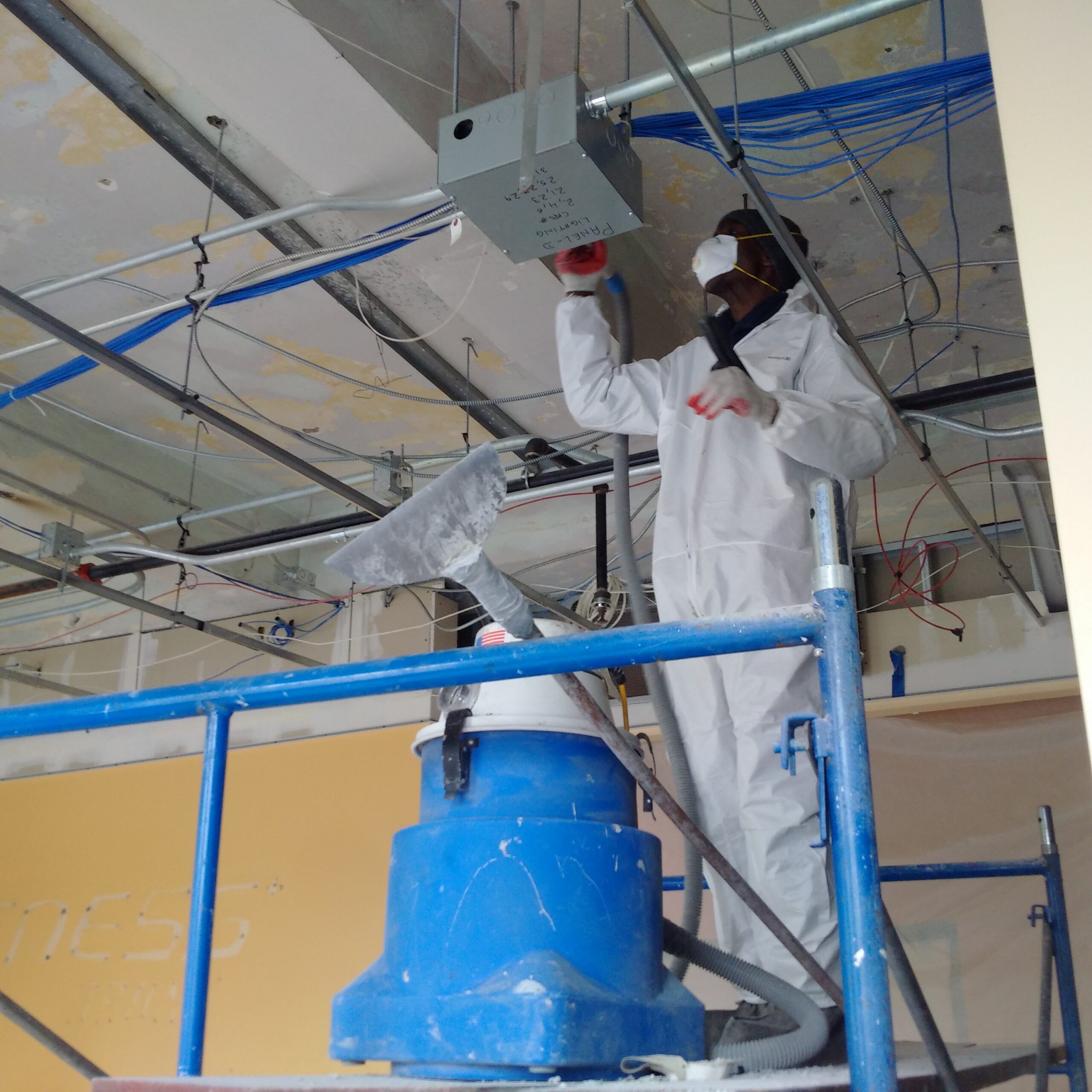Comprehensive Lead Paint Removal Service in NYC-- Licensed and Qualified
Comprehensive Lead Paint Removal Service in NYC-- Licensed and Qualified
Blog Article
Comprehensive Overview on Effective Lead Offense Elimination Methods
In the realm of environmental safety and security, addressing lead offenses requires a thorough and organized method. This detailed guide starts by highlighting the crucial first actions of identifying lead threats through advanced assessment and testing techniques. Methods such as XRF evaluation and dirt wipe sampling are important in pinpointing contamination sources. The overview specifies on the importance of adhering to rigid security protocols during the removal process, including the usage of appropriate PPE and separating affected areas. The succeeding areas guarantee to discuss post-removal verification and preventative strategies, guaranteeing long-term safety and security and compliance. Discover the intricate details that make these techniques not just effective yet crucial.
Determining Lead Dangers
Identifying lead hazards is an essential initial step in mitigating the dangers related to lead exposure. Lead, a poisonous steel, can be present in different environmental mediums, including paint, dirt, water, and dirt. It poses serious health dangers, specifically to youngsters and pregnant females, leading to neurological damage and developing delays. As a result, exact recognition of possible lead sources is vital for efficient remediation.
The initial stage in identifying lead risks entails comprehending common lead resources within the built environment. Frameworks developed prior to 1978 are specifically susceptible as a result of the prevalent use lead-based paint throughout that period. Additionally, dirt contamination can happen from deteriorating outside paint, industrial exhausts, or historical use leaded fuel.
One more significant source is lead piping and pipes components, which can leach lead right into alcohol consumption water. Consumer goods such as toys, porcelains, and imported items may additionally consist of harmful lead degrees. Notably, work-related settings and hobbies entailing lead can track pollutants right into homes.
Evaluation and Screening
When resolving lead dangers, effective evaluation and screening are critical. Preliminary analysis normally involves a visual examination to determine possible lead sources, such as degrading paint or infected dust.

Dirt wipe sampling is one more essential strategy, especially in property setups. By collecting samples from floors, windowsills, and various other surface areas, this approach provides insights right into prospective direct exposure threats. Furthermore, soil testing around building boundaries is necessary to spot lead contamination that might present threats, specifically to children.
Safe Elimination Treatments
Upon finishing detailed analysis and screening, executing risk-free removal procedures is the following critical stage in resolving lead threats. This procedure makes sure that lead-contaminated materials are successfully and safely eradicated, minimizing threat to both employees and citizens. The very first step involves separating the afflicted area using plastic bed linen and correct sealing techniques to avoid the spread of lead dirt.
Employees have to put on suitable personal safety equipment (PPE), including respirators, handwear covers, and disposable coveralls, to mitigate exposure. Employing specialized devices and wet methods, such as damp sanding or using HEPA-filtered vacuum cleaners, decreases the diffusion of lead bits. It is critical to stay clear of dry sanding or abrasive blasting, as these methods can produce harmful lead dirt.
Waste disposal is another vital component; all polluted products have to be securely gotten and classified according to EPA and local regulations. Additionally, thorough cleansing of the work location with HEPA vacuums and wet cleaning guarantees the elimination of residual lead bits.
Post-Removal Verification

Confirmation of effective lead removal, called post-removal verification, is necessary to ensure the security and habitability of the remediated location. This process involves a collection of thorough assessments and examinations designed to discover any kind of recurring lead particles that may present wellness risks. The initial action typically includes an aesthetic examination to assess the completion and high quality of the remediation work. This assessment guarantees that all recognized resources of lead have actually been resolved which no noticeable signs of contamination remain.
Adhering navigate to these guys to the aesthetic examination, ecological tasting is carried out. This includes collecting dust, soil, and in some cases water samples from the remediated area. Certified laboratories analyze these examples to gauge lead degrees, ensuring they fall listed below the safety and security limits established by regulatory bodies such as the Environmental Protection Agency (EPA)
Furthermore, air top quality testing may be executed to identify airborne lead particles, especially in situations where extensive lead-based paint elimination or restoration has taken place. The outcomes of these tests provide quantitative data validating that the lead levels are within permissible restrictions.
Eventually, visit this website post-removal confirmation acts as a crucial checkpoint, validating the performance of the lead abatement initiatives and protecting the health of owners and visitors.
Preventative Actions and Upkeep

A vital safety net consists of making use of lead-safe certified service providers for any type of renovation, repair service, or painting activities. These specialists are educated in practices that lessen lead dust and debris. In addition, maintaining colored surface areas to avoid breaking or peeling off is important, as weakening paint can launch lead particles into the atmosphere.
Educational campaigns targeting building check my reference owners and renters pertaining to the dangers of lead and the significance of reporting any type of possible hazards can additionally boost preventative efforts. Routine cleaning utilizing HEPA vacuum cleaners and damp wiping methods can substantially decrease lead dirt buildup.
Conclusion
In summary, effective lead infraction removal requires a thorough strategy encompassing detailed analysis, precise testing, and stringent removal procedures. Guaranteeing safety through correct isolation and individual safety tools continues to be extremely important. Post-removal confirmation using ecological tasting and air top quality screening corroborates conformity with well established security requirements. Ongoing inspections and upkeep are necessary to reduce future lead hazards, thus protecting public health and wellness and ensuring continual compliance with regulatory needs.
Report this page